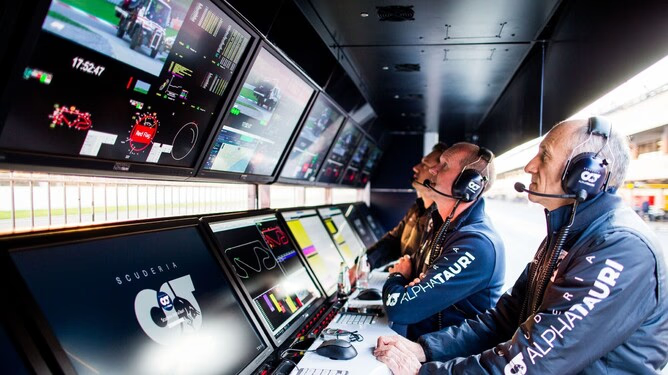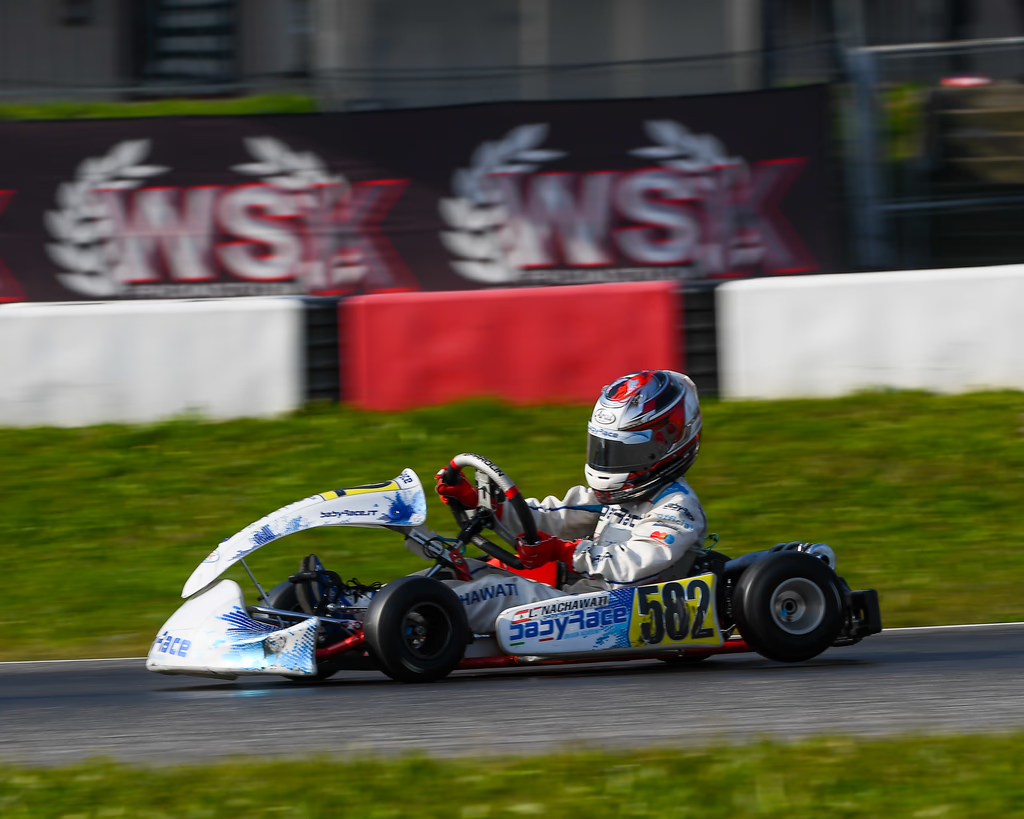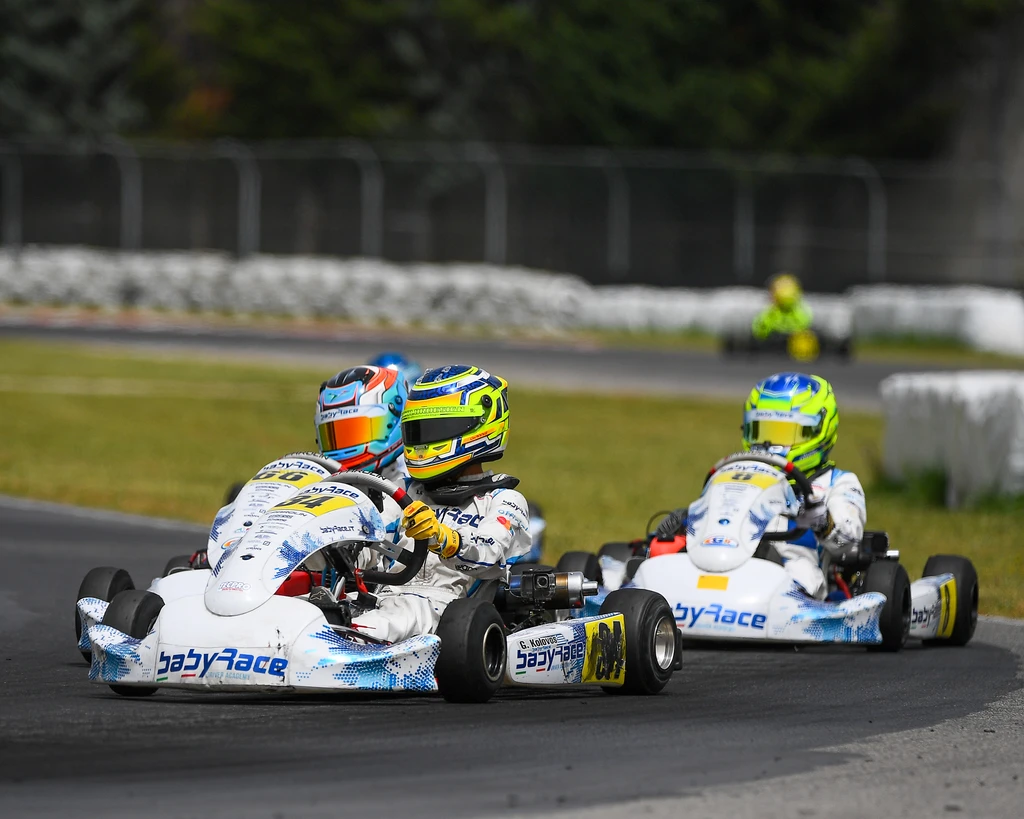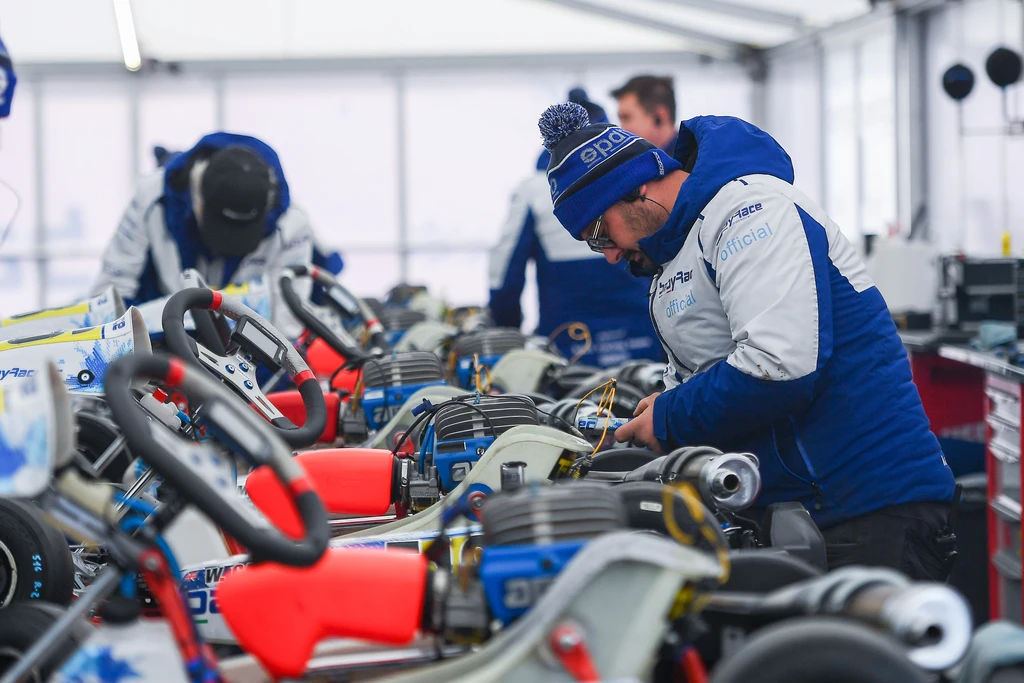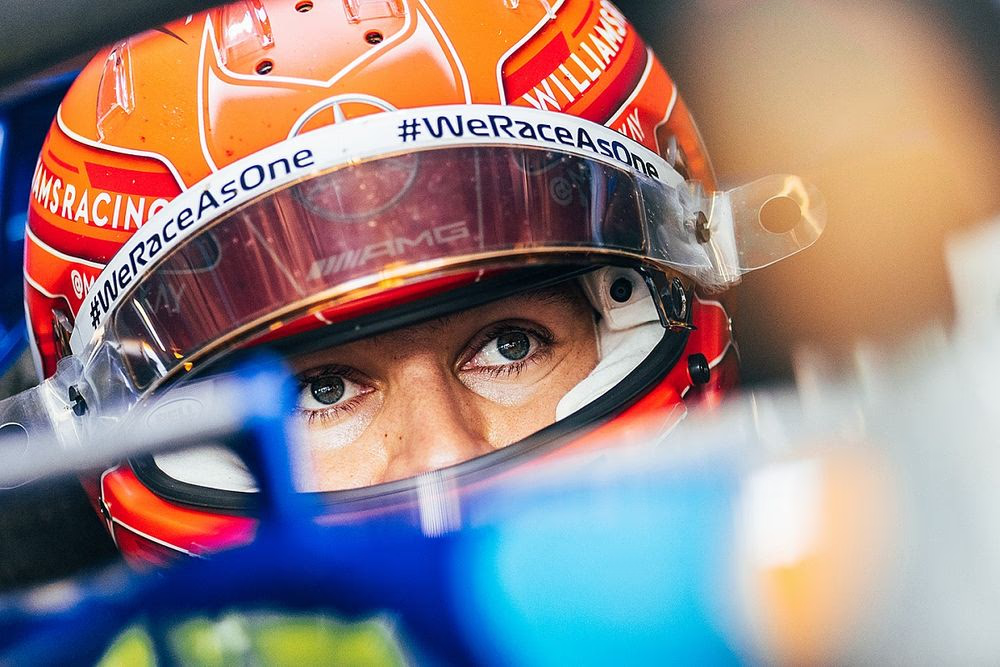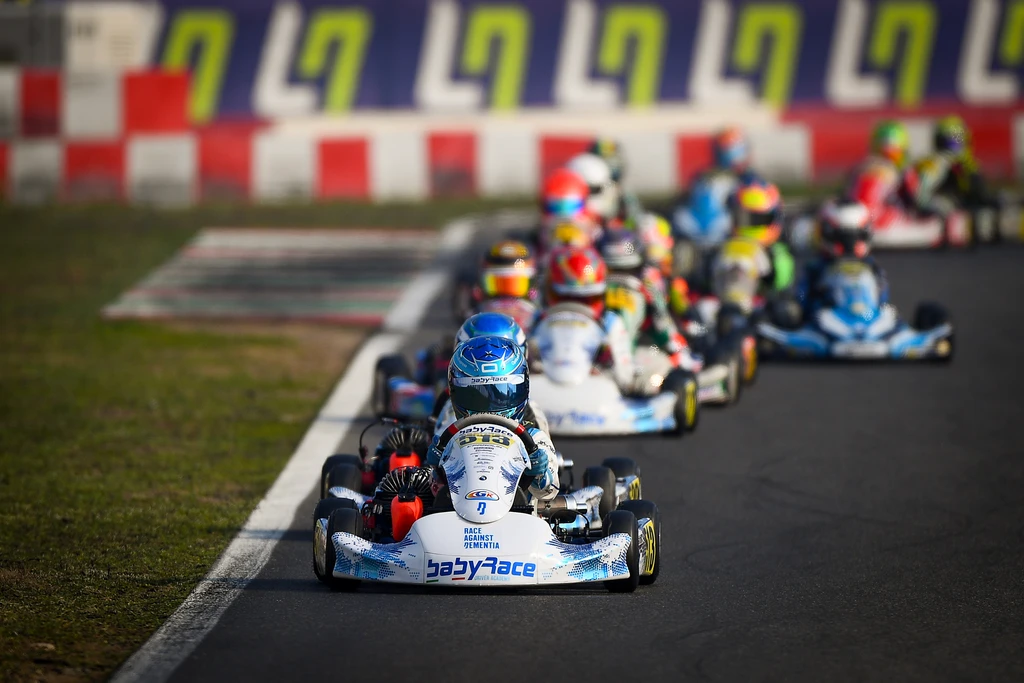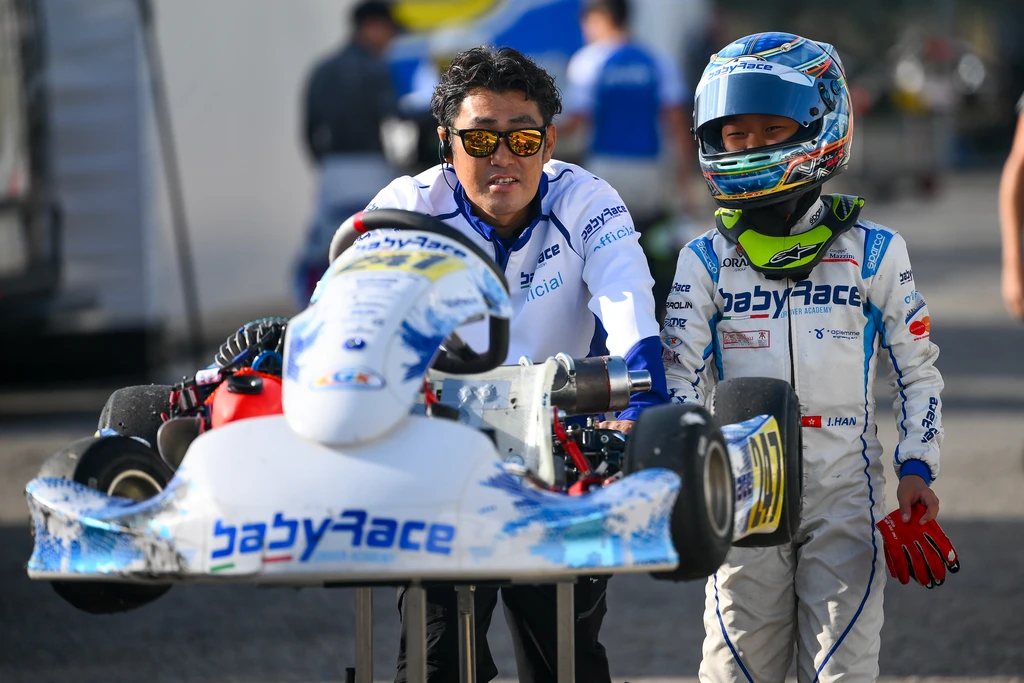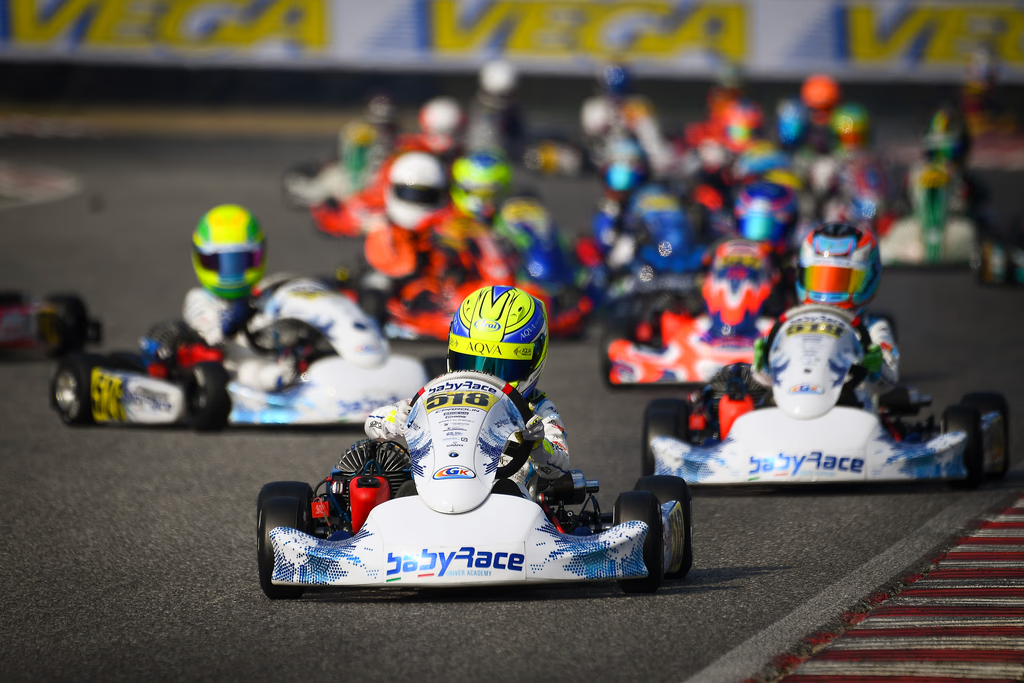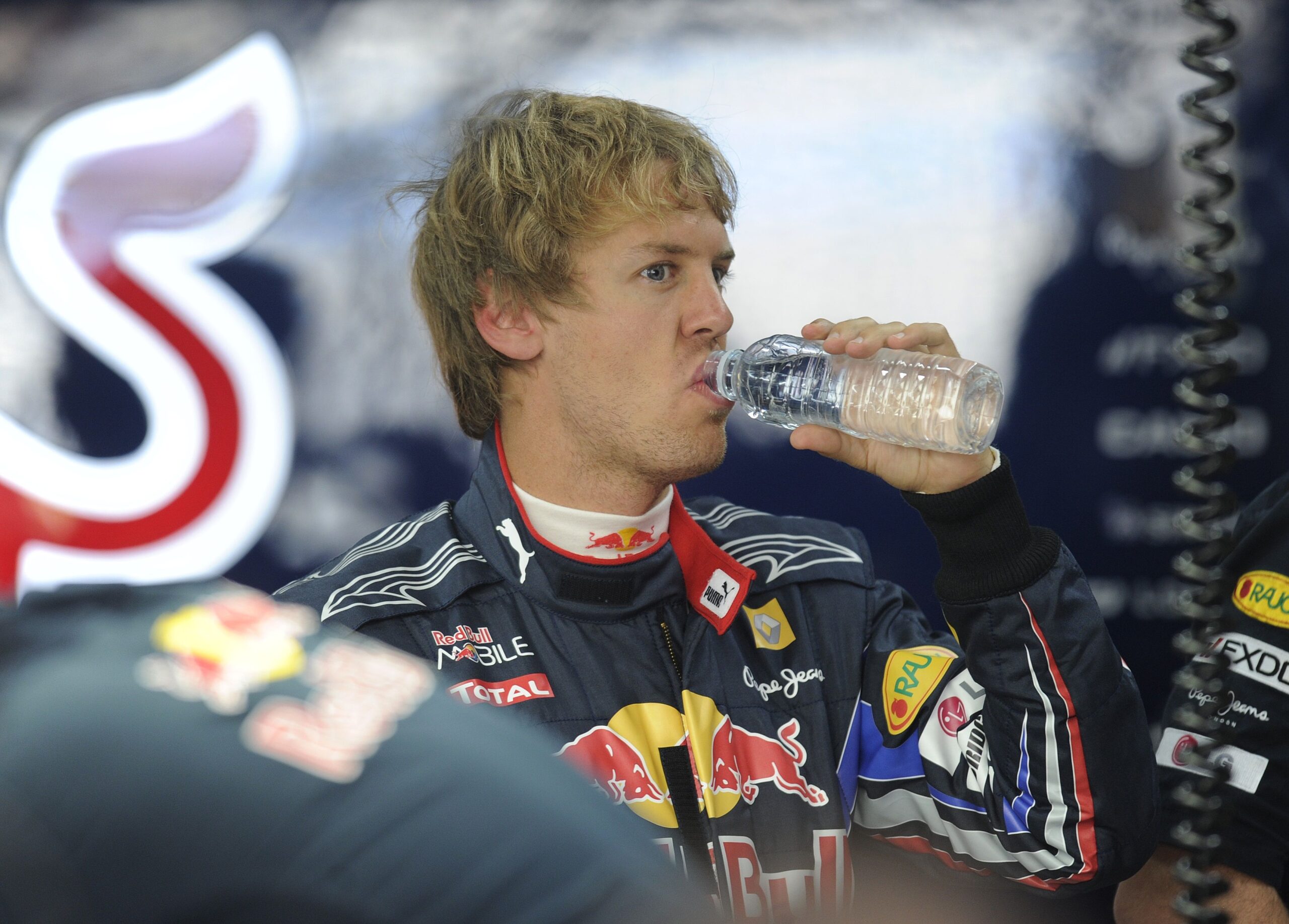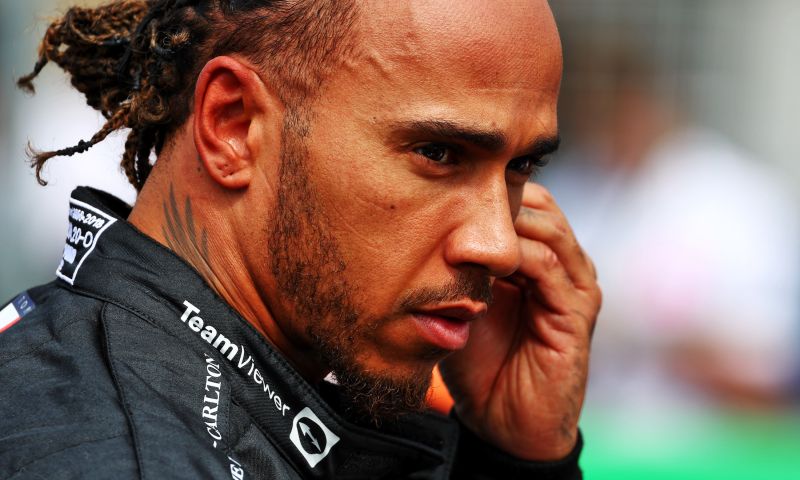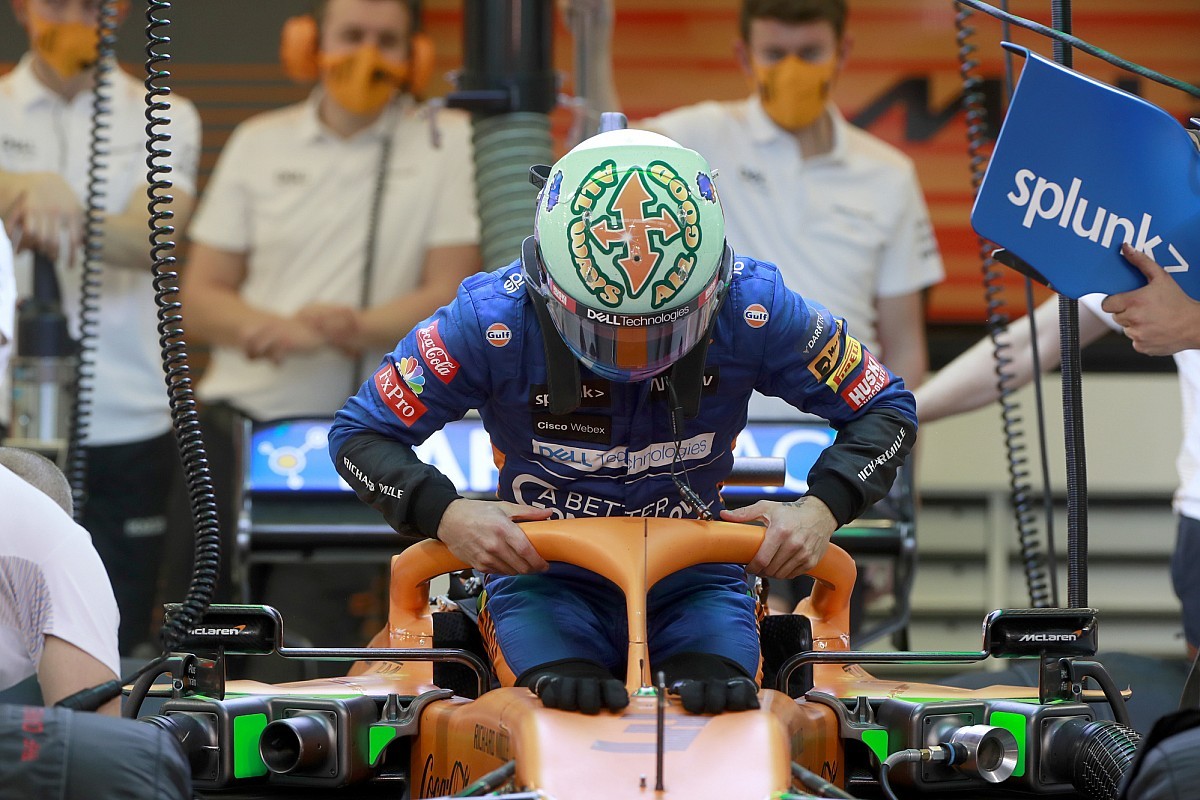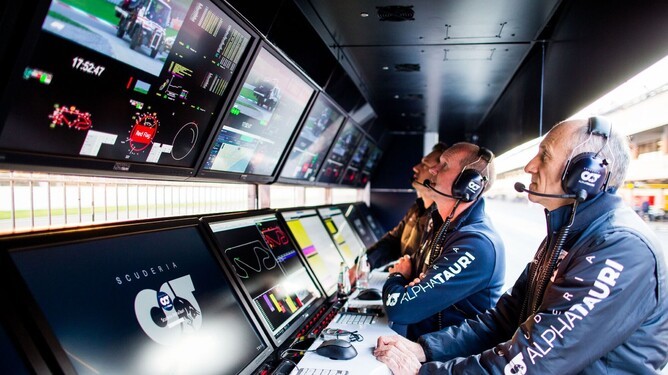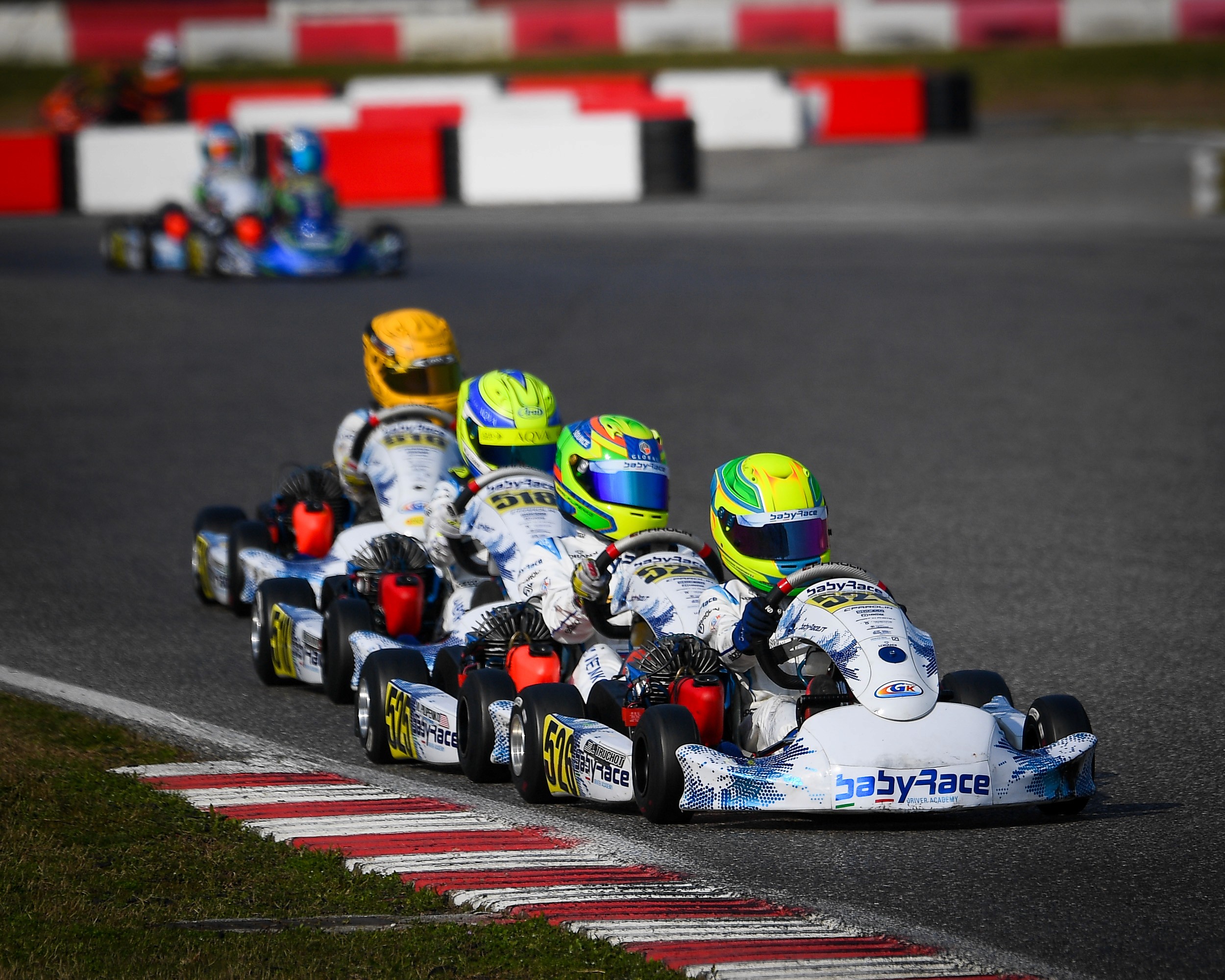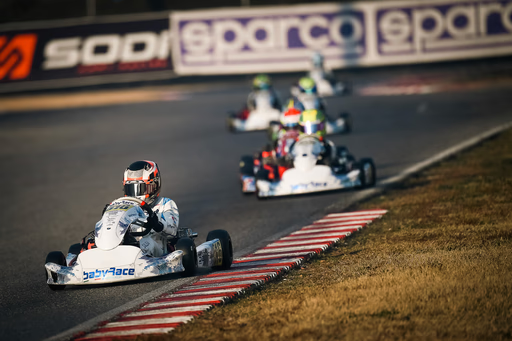Let’s talk about something that’s often underestimated: where you’re looking while driving.
Your eyes basically guide everything: your braking points, your apexes, even how you react to what’s happening in front of you.
And if you train your eye movement properly, you’ll be smoother, more consistent, and just straight up faster.
Let’s break it down.
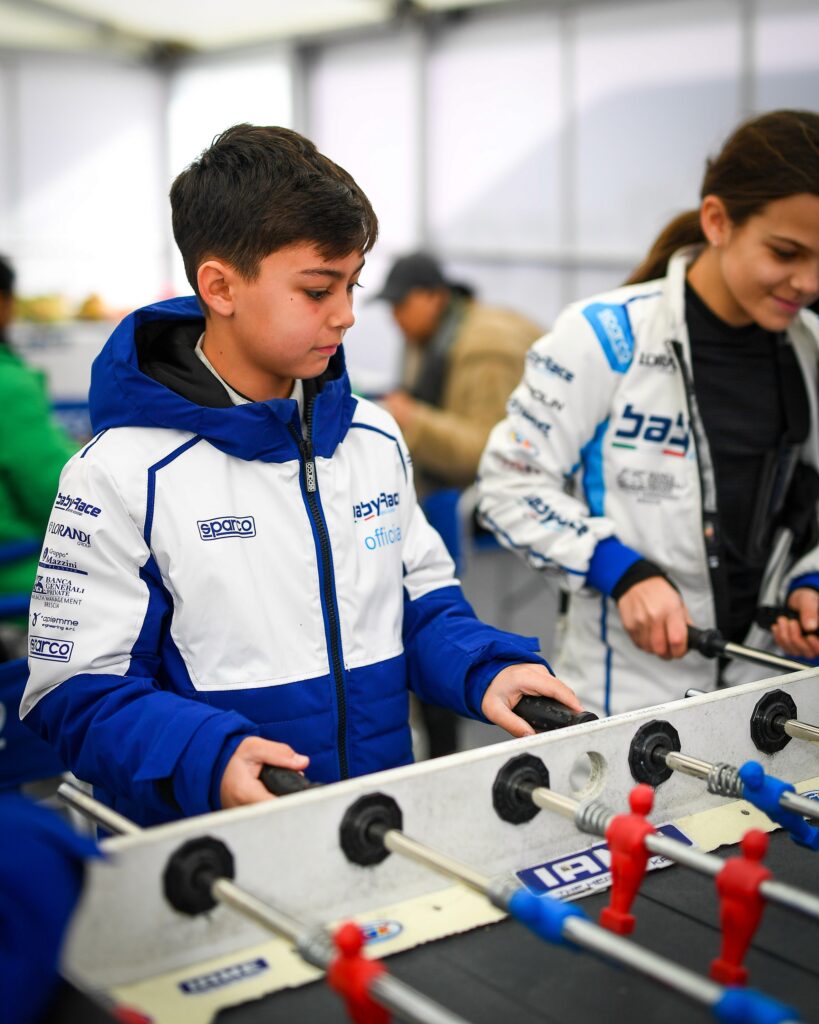
Your Eyes Lead the Way
“Where your eyes go, your kart follows”. You’ve probably heard this saying before.
It sounds simple, but most drivers get this wrong, especially younger ones.
If you’re staring just in front of the kart, you’re already behind.
You need to look ahead and always be thinking a step forward.
Here’s how it goes when you’re doing everything right on track.
Look at your braking point early.
Then as you get close, you’re already looking at the apex.
Once you’re at the apex, your eyes should already be focused on the exit.
Common Mistakes I See All the Time
- Looking too close: If you’re staring at the track right in front of your kart, you can’t see what’s happening ahead.
- Moving your whole head: Some drivers, especially in Mini, drive like MotoGP — tilting their head with the kart. Don’t do that! Keep your head still and move only your eyes (sure you should still move your head a bit, but not too much as some drivers do).
- Fixating on the apex: Yes, the apex is important, but once you’re turning in, your focus should already be on the exit.
How to Train Your Eyes
You don’t need to overthink it, but you do need to practice consciously if you haven’t yet acquired this skill.
- Peripheral vision: Get used to “seeing” stuff (the apex, kerb or white line) out of the corner of your eye. You don’t always need to stare right at it.
- Smooth transitions: Your eyes should flow from braking point → apex → exit. No jerky, delayed movements.
- Off-track practice: Watch onboard videos or drive in a sim, and pay attention to where you’re looking — not just how you’re driving. Don’t overcomplicate it though, it should happen naturally.
Bonus: Reaction Time and Focus
Reaction time plays a big role here too. When you train your reaction time, even with simple exercises, it sharpens your ability to adjust quickly.
That’s not just for avoiding crashes. It helps you hit that perfect brake point, nail your apex, and make quick decisions in the race craft.
Also, don’t get distracted. Stay locked in. Try to tune out the noise, and keep your focus on the kart, the track, and building a rythm.
Final Thoughts
Keep it natural, don’t overcomplicate it.
Just build a bit more awareness around the fact that you should be looking further ahed than your front bumper.
Imagine if we had an eye tracking device, we would need to see from the results of it that you’re looking further ahed than the average driver does.
Your eyes guide your driving, and your vision is what helps you stay sharp under pressure.
Next time you’re on track, ask yourself: “Am I looking far enough ahead? Am I already planning my next move?”
If you’ve got questions or want to show me some onboard to review, feel free to reach out. Always happy to help.
Just Senndit
– Alessio Lorandi

